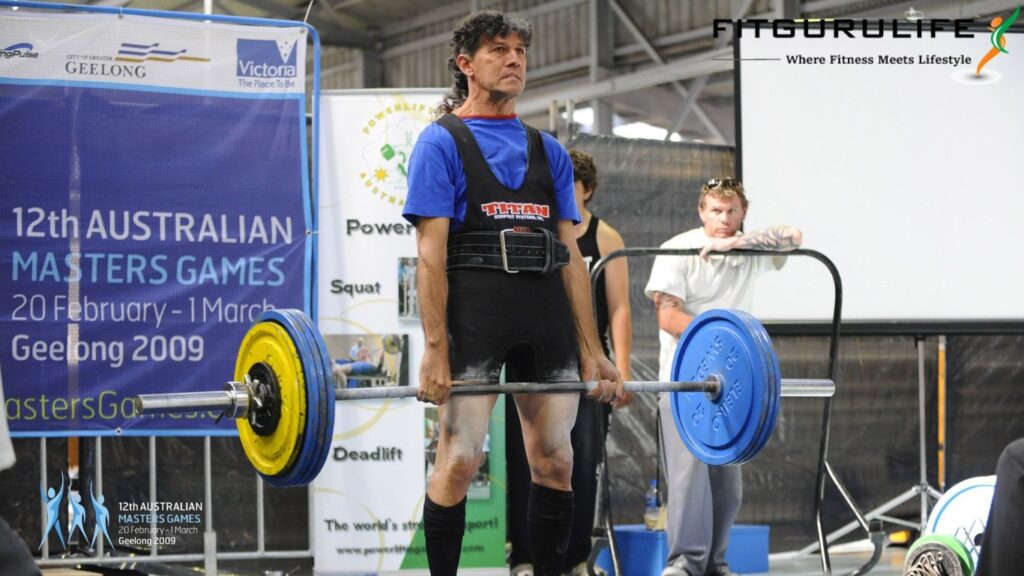Weightlifting, once primarily the domain of athletes and bodybuilders, has surged in popularity. Today, many fitness enthusiasts incorporate some form of weightlifting into their routines, drawn by its promise of strength, tone, and enhanced metabolism. However, with this increased popularity comes a rise in injuries stemming from improper technique. At the heart of many of these injuries? Poor posture. Let’s delve into the dangers lurking behind incorrect weightlifting postures and how one can sidestep long-term complications.
Introduction to Weightlifting and its Popularity
Weightlifting, as a discipline, dates back centuries, with ancient civilizations using primitive weights to improve physical prowess. Fast forward to today, and it’s a cornerstone of modern fitness regimes. Its appeal lies not just in muscle building but also in improved bone density, boosted metabolism, and enhanced functional strength.
Anatomy of a Lift
To understand the perils of poor posture, it’s crucial first to appreciate the biomechanics of weightlifting. Every lift, whether it’s a squat or a bench press, engages multiple muscle groups working in tandem. Joints act as fulcrums, and muscles provide the necessary force. This synchronized dance of muscles and joints is efficient only when in the correct posture.

Common Postural Mistakes
Several posture-related mistakes recur in gyms worldwide:
- Arching the Back During Bench Presses: This not only reduces the exercise’s effectiveness but also places undue stress on the spine.
- Rounding the Spine During Deadlifts: A frequent culprit behind lower back pain, it can lead to severe spinal issues.
- Improper Grip and Wrist Alignment: Often overlooked, incorrect grips can strain the wrists and forearms.
- Forward-leaning Squats: Compromises knee health and reduces gluteal engagement.
Short-term Consequences of Poor Posture
Neglecting posture can lead to immediate issues:
- Strains and Sprains: Overstretching or tearing of muscles and ligaments due to incorrect movements.
- Pinched Nerves: Misaligned posture can compress nerves, leading to pain and numbness.
- Fatigue: Poor form is inefficient, making the body work harder and leading to quicker exhaustion.
- Reduced Workout Effectiveness: Incorrect posture often means primary muscle groups aren’t engaged correctly.

From Temporary Pain to Lasting Damage: Chronic Complications
Repeated poor posture can have lasting repercussions:
- Herniated Discs: Consistent spinal misalignment during lifting can cause the soft inner portion of spinal discs to protrude, leading to persistent pain.
- Rotator Cuff Injuries: Resulting from chronic shoulder strain, these can severely restrict arm movement.
- Chronic Lower Back Pain: A life-limiting ailment often stemming from years of poor lifting techniques.
- Osteoarthritis: Accelerated joint wear and tear due to chronic stress from incorrect lifting can expedite the onset of arthritis.
A Spotlight on Form over Weight
It’s a common misconception that lifting heavier weights equates to better results. In truth, the form should always precede weight. Lifting lighter weights with impeccable form can yield better results than lifting heavier with poor posture. Proper technique ensures that the right muscles are engaged, reduces the risk of injuries, and maximizes the lift’s benefits.
Tips for Maintaining Correct Posture
To sidestep the pitfalls of poor posture:
- Warm-ups and Mobility Exercises: These prep the muscles and joints, increasing flexibility and reducing injury risk.
- Use Mirrors: Checking form in real-time using gym mirrors can be invaluable.
- Film Yourself: This provides a third-person perspective, allowing for a more detailed form analysis.
- Seek Expert Guidance: Personal trainers or experienced gym-goers can provide feedback on your technique.
- Listen to Your Body: Pain (distinct from the usual burn) is a clear indicator something’s amiss.

Conclusion
The allure of weightlifting is undeniable. Its myriad benefits make it an invaluable part of any fitness regimen. However, like any tool, its value lies in its correct usage. Prioritizing posture and technique over ego-lifting can mean the difference between a fulfilling, injury-free weightlifting journey and a path riddled with pain and setbacks. The onus is on each individual to educate themselves, seek guidance when unsure, and always prioritize safety. The weights will always be there; it’s up to us to lift them correctly.
